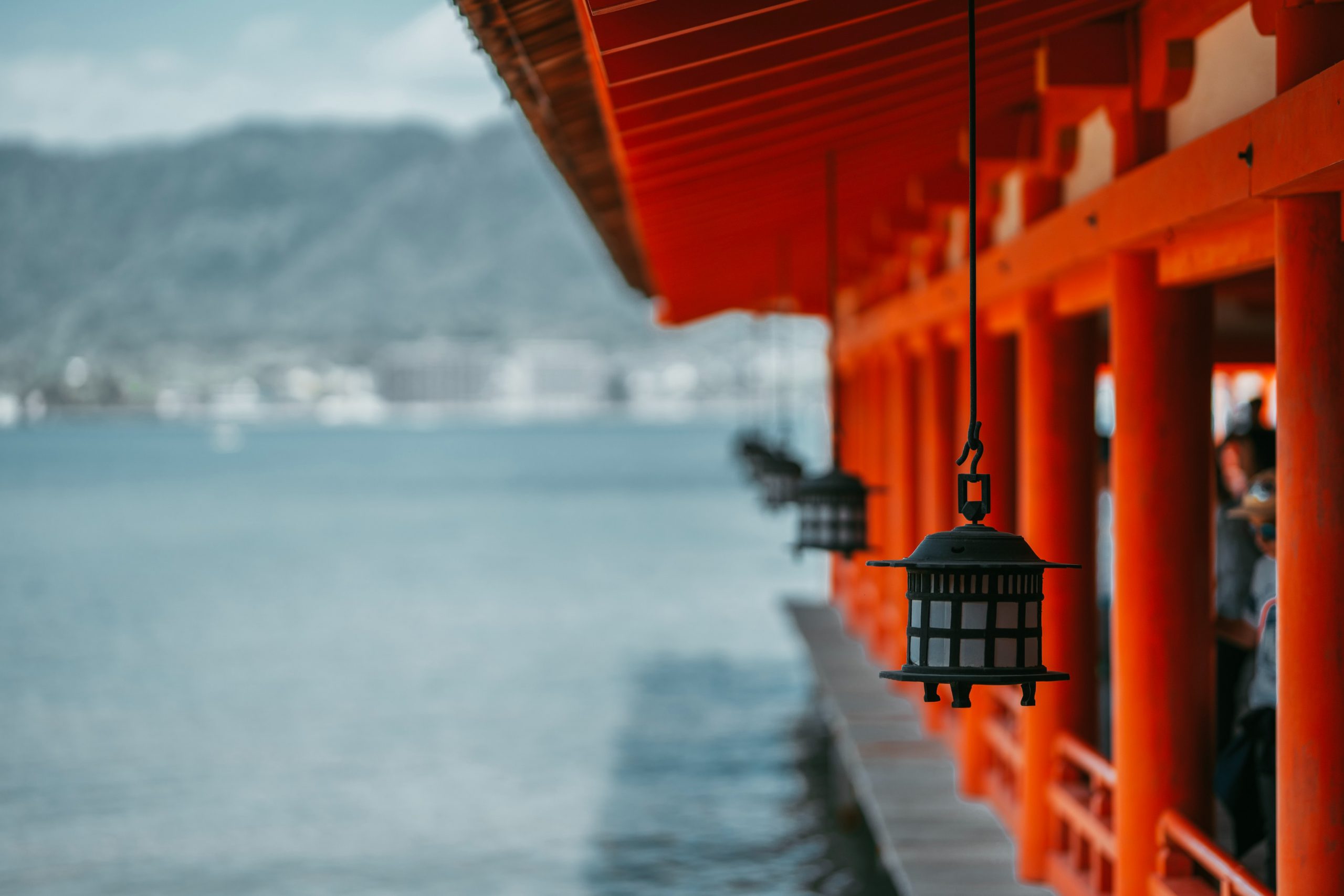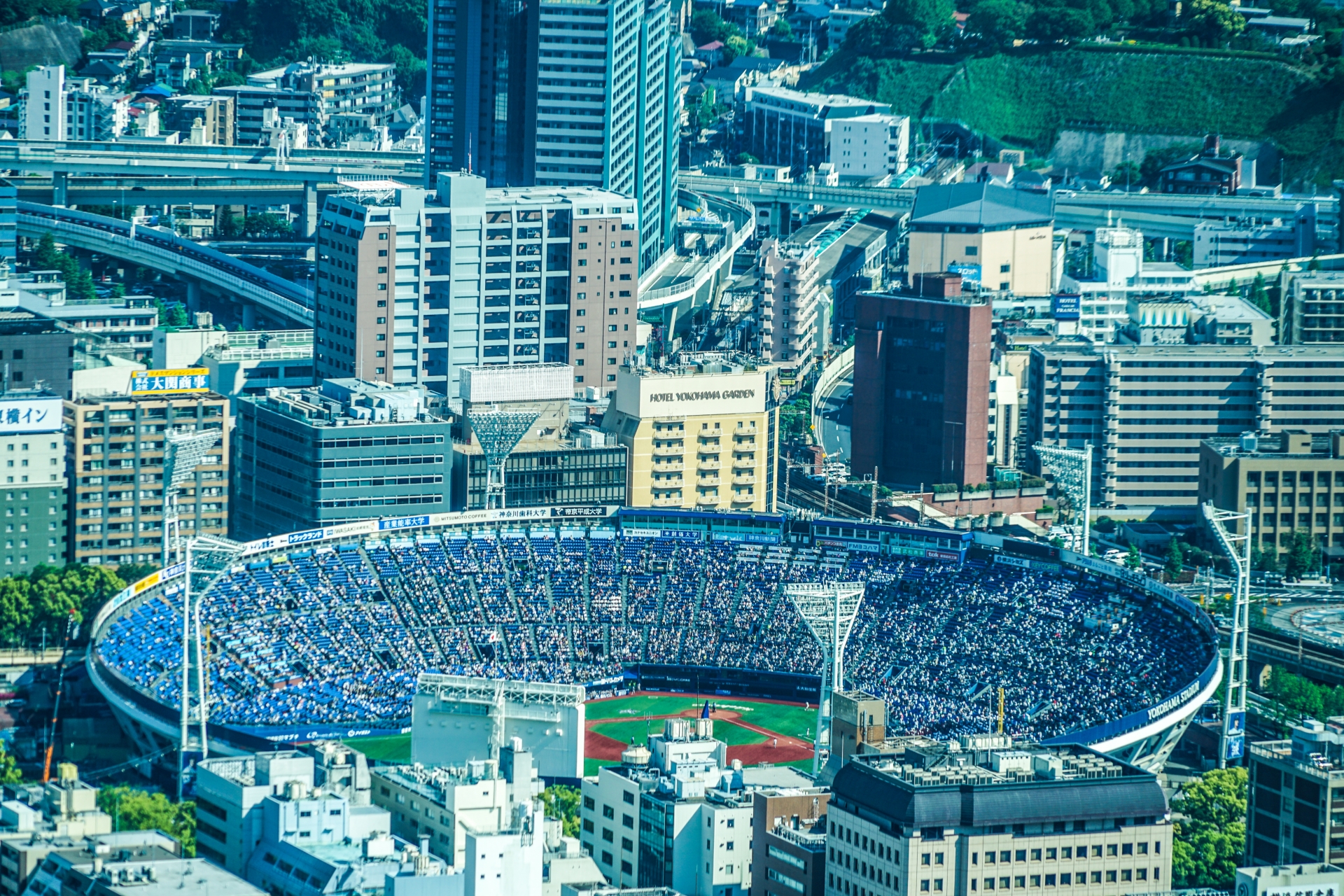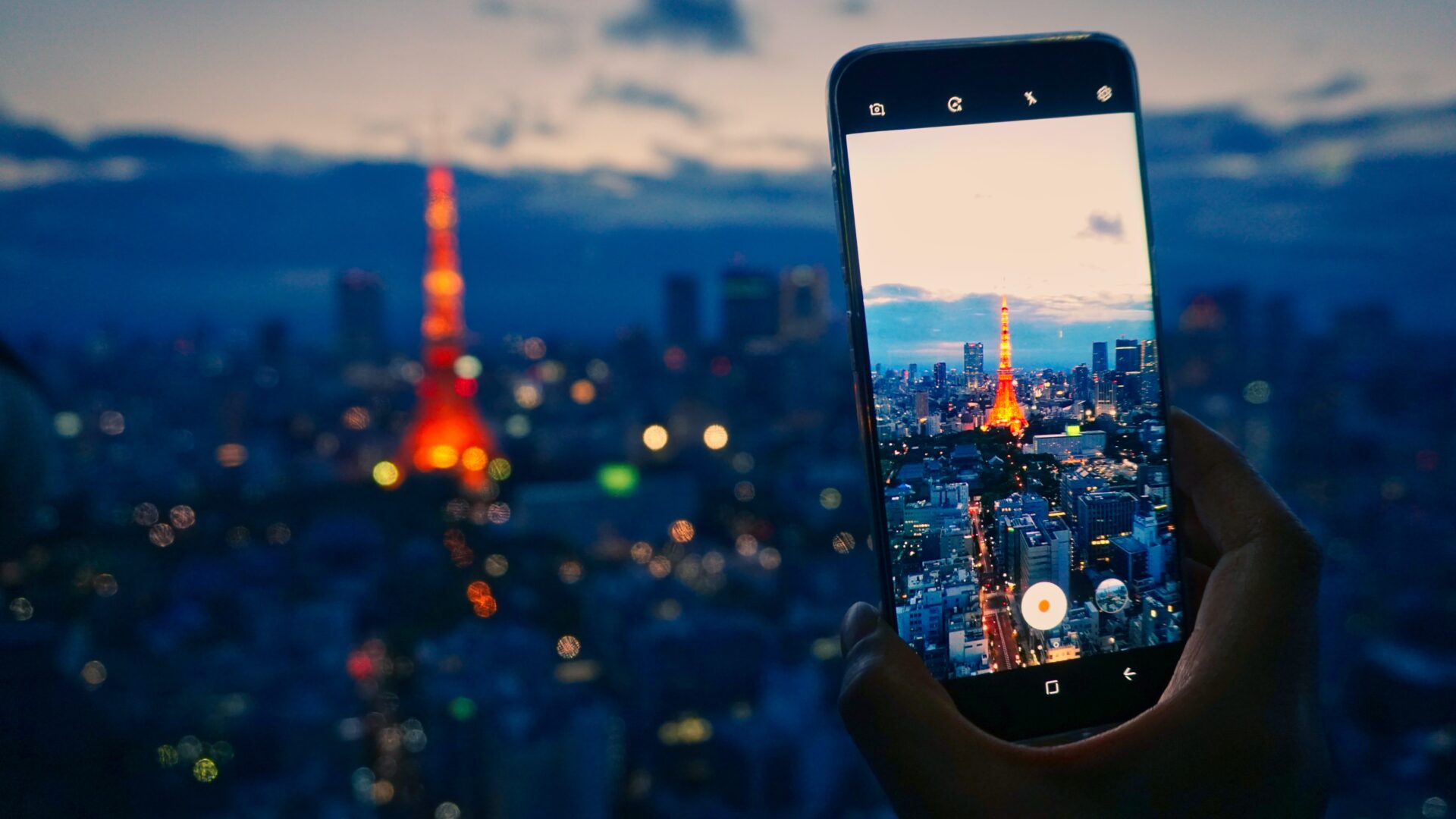Japan boasts 25 UNESCO World Heritage Sites, and each of them attracts a number of tourists with different features and uniqueness. Some of them are artificial structures that represent the history of development of the country or tradition, whereas others remain intact and untouched deep in nature as scenic spots. Adding some of them to your itinerary will help you make the most of your time in Japan, and discover something that gives you an unforgettable experience. Here is a long list of UNESCO World Heritage Sites in Japan!
- 1. Horyuji
- 2. Himeji Castle
- 3. Yakushima
- 4. Shirakami Sanchi
- 5. Shirakawago
- 6. Atomic Bomb Dome
- 7. Itsukushima Shrine
- 8. Nikko
- 9. Ryukyu
- 10. Kiisanchi
- 11. Shiretoko
- 12. Iwami Ginzan
- 13. Ogasawara Islands
- 14. Mt. Fuji
- 15. Tomioka Silk Mill
- 16. Hidden Christian Sites in Nagasaki
- 17. Historic Monuments of Ancient Kyoto
- 18. Historic Monuments of Ancient Nara
- 19. Hiraizumi
- 20. Sites of Japan’s Meiji Industrial Revolution
- 21. The National Museum of Western Art
- 22. Okinoshima
- 23. Mozu-Furuichi Kofun
- 24. Amami Oshima Island
- 25. Jomon Prehistoric Sites
- Japan Wonder Travel Tours
- Other articles you might like
1. Horyuji
Horyuji is an old Buddhism temple located in Nara prefecture. It is claimed as the oldest wooden structure in the world, and officially designated as UNESCO World Heritage Site in 1993 along with Himeji Castle in Hyogo prefecture. The temple complex was established in the 7th century, and fascinates visitors with a number of historical buildings that includes several national treasures. The founder, Princess Shotoku, served under Empress Suiko and had an incomparable power at that time not only as a politician but also as an ardent Buddhist.

2. Himeji Castle
Himeji Castle is a beautiful castle that is widely recognized for its impressive white exterior. It is located in Hyogo prefecture, and has a long history dating back about 400 years, making it one of the 12 original castles in Japan. The five-story castle tower stands over 90 meter above the sea level, and draws numerous tourists all year round as the largest castle in Japan. It is also known as “Shirasagi-jo” (“White Heron Castle” in Japanese) that represents the stunning white appearance resembling a white bird trying to fly into the sky.

3. Yakushima
Yakushima is a scenic island that is located approximately 60 km south west of Kagoshima prefecture. As a popular hiking and trekking destination, it boasts a number of hiking courses that allows visitors to explore the untouched nature and ancient forests surviving there over centuries. About 20% of the island was listed on the UNESCO World Heritage Site in 1993, which includes the giant Japanese Cedar trees called “Yakusugi” which are believed to be over 1,000 years old. “Mt. Miyanoura” is another highlight that stands 1,936 meters tall in the center of the island!
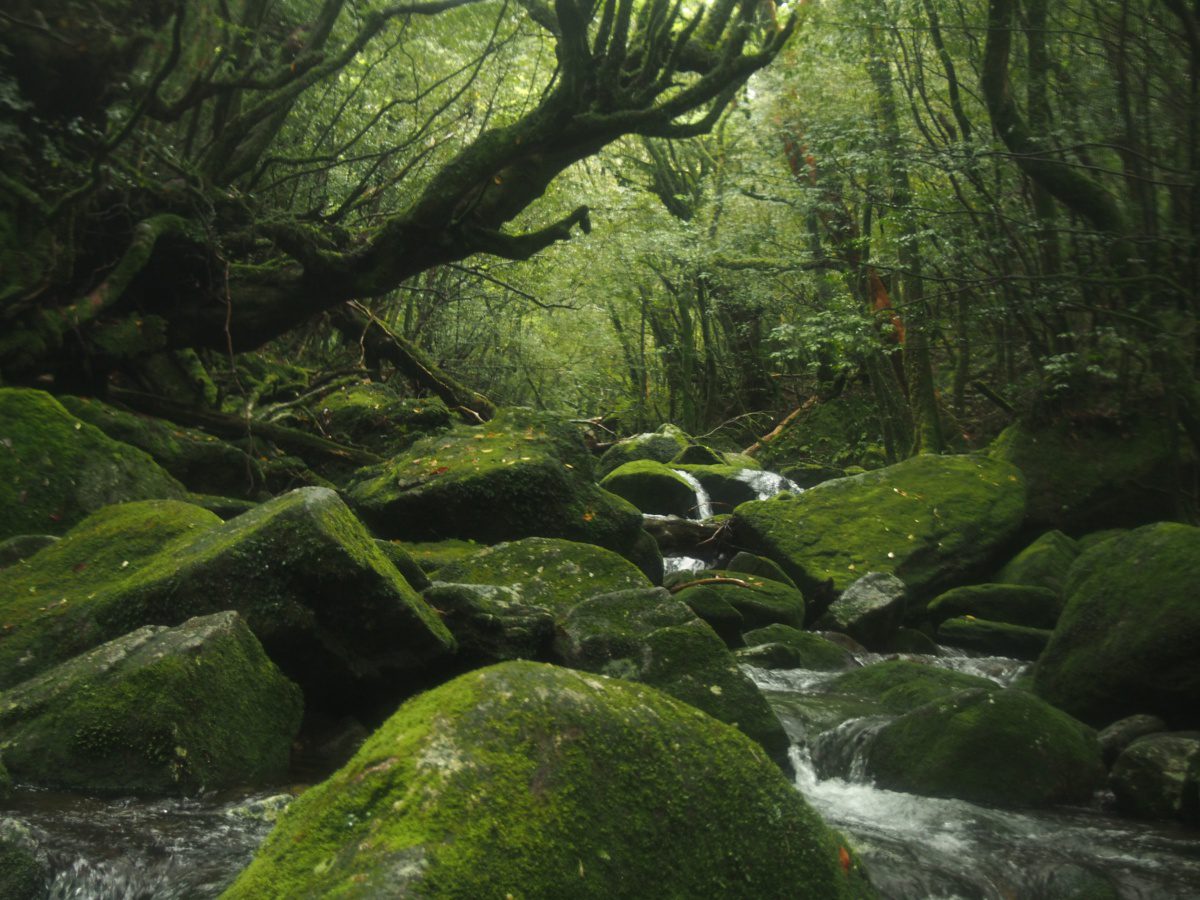
4. Shirakami Sanchi
Shirakami Sanchi refers to a vast mountainous area located in Aomori and Akita prefecture in Tohoku region. It covers a series of over 1,000 meters of mountain ranges that is home to primeval beech forests. The forest is claimed as one of the biggest unexplored beech forests in the world, which is undoubtedly on the list of UNESCO World Heritage Sites. There are exciting hiking trails that take visitors to scenic spots such as refreshing waterfalls and beautiful lakes known as “The Ju-niko (“twelve lakes” in Japanese)”!
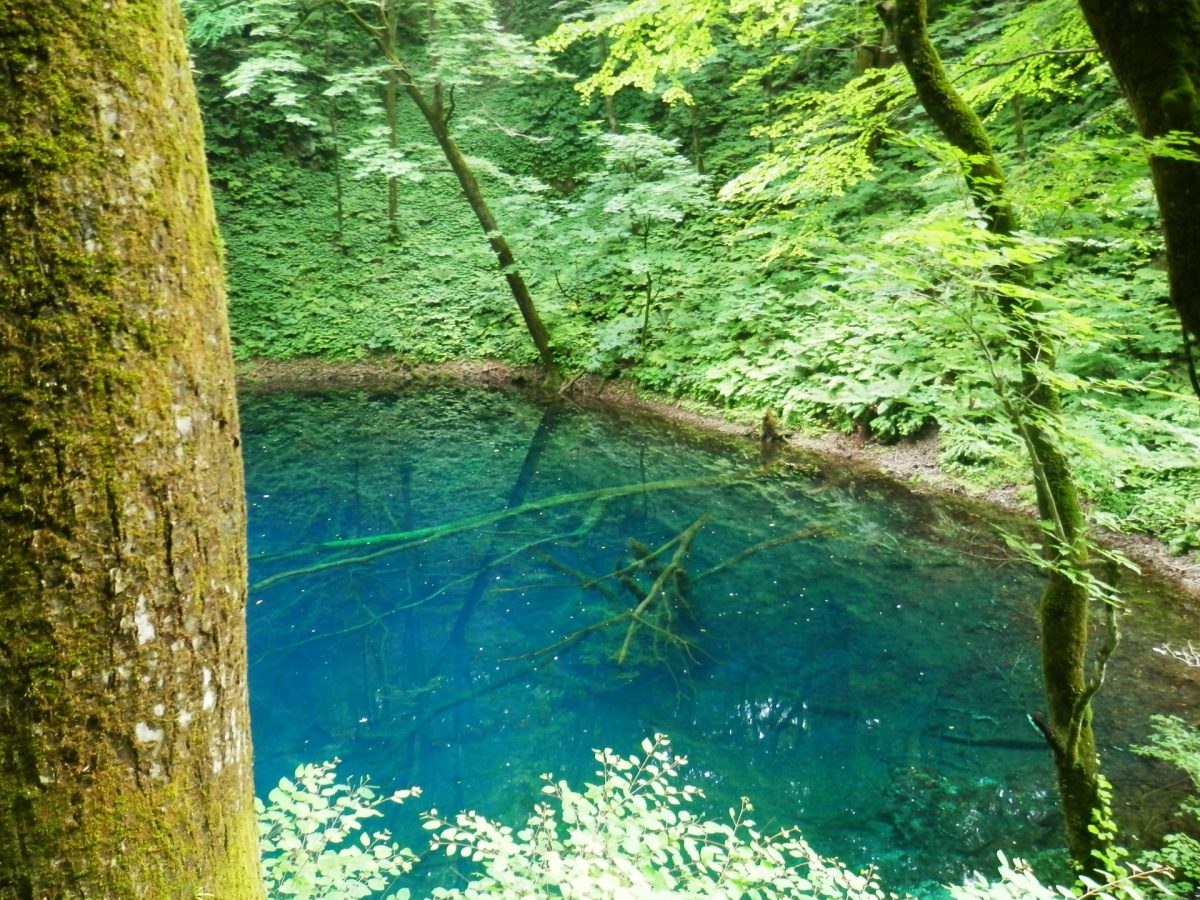
5. Shirakawago
Shirakawago is a beautiful village located in Gifu prefecture. The village attracts many tourists from other countries as an iconic tourist attraction with a number of traditional Japanese houses preserved in a perfect condition! “Gassho-zukuri” is a traditional architecture style that refers to a house with a steep thatched roof. It protects the house from heavy snowfalls in winter as the village is situated in a mountainous area. Walking around the peaceful village allows you to catch a glimpse of local people living there in harmony with nature over centuries.
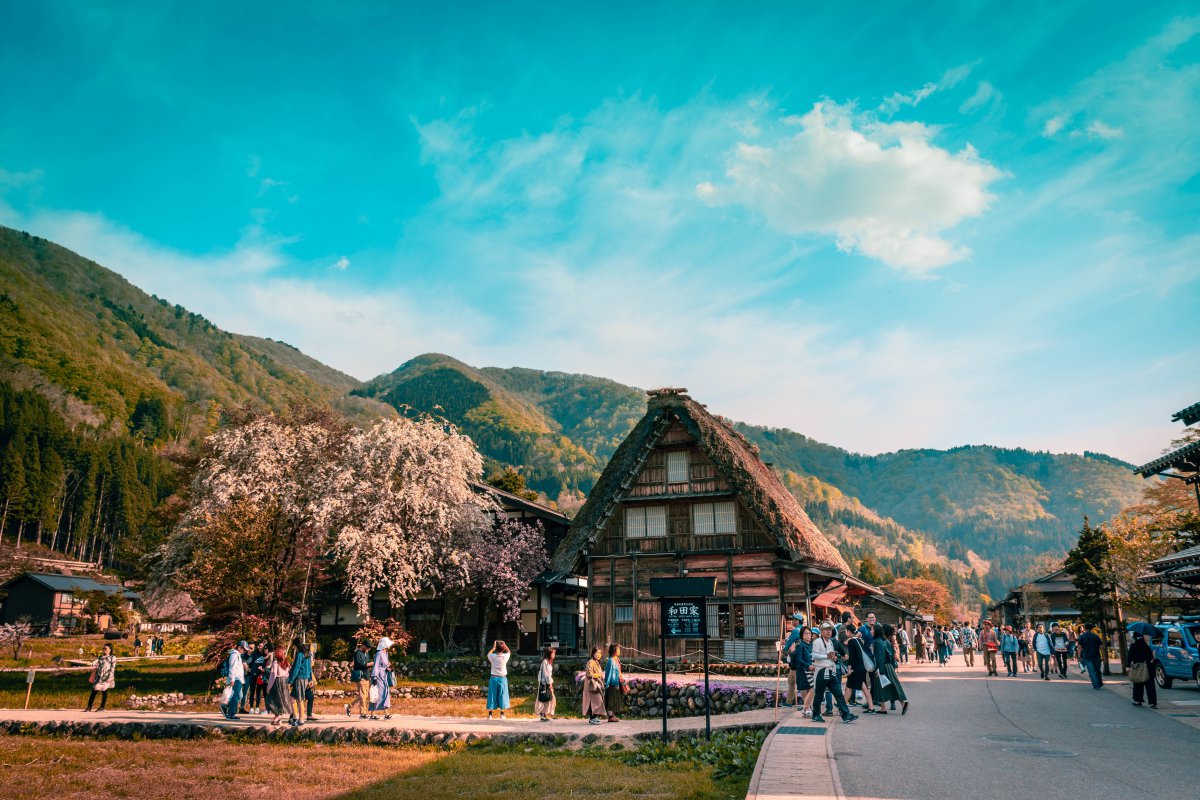
6. Atomic Bomb Dome
Atomic Bomb Dome is a historical structure located in the center of Hiroshima City which was registered as a UNESCO World Heritage Site in 1996. It has served as a symbol of the city to remember the tragic memory back in WWⅡ when the atomic bomb was dropped and deprived thousands of lives. The remains of the structure still stand there in spite of the location almost exactly under the explosion. It is one of the most popular tourist attractions in Japan, and visited by a number of foreign tourists along with “Hiroshima Peace Memorial Museum”.
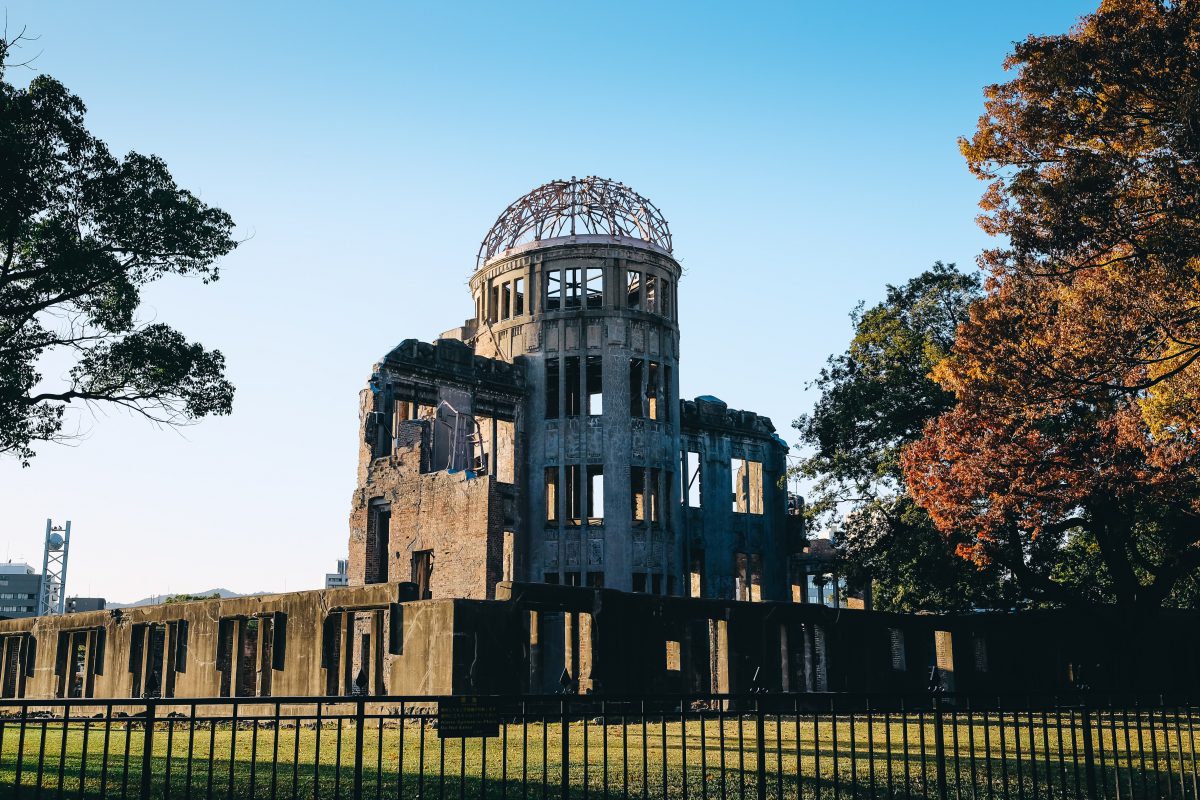
7. Itsukushima Shrine
Itsukushima Shrine is another highlight that you shouldn’t miss in Hiroshima. It is a historical Shinto shrine located on a remote island called “Miyajima”, which is accessible only by ferry. The history of the shrine dates back to the 6th century, and has been fascinating visitors with the stunning beauty of the buildings built over water. The huge red Torii Gate is the most popular structure which is apparently floating on the water! The island also welcomes visitors with a number of vibrant shops and restaurants serving local specialties such as Okonomiyaki and Momiji-Manju. Deer are an iconic animal roaming the island freely and get close to humans looking for food!
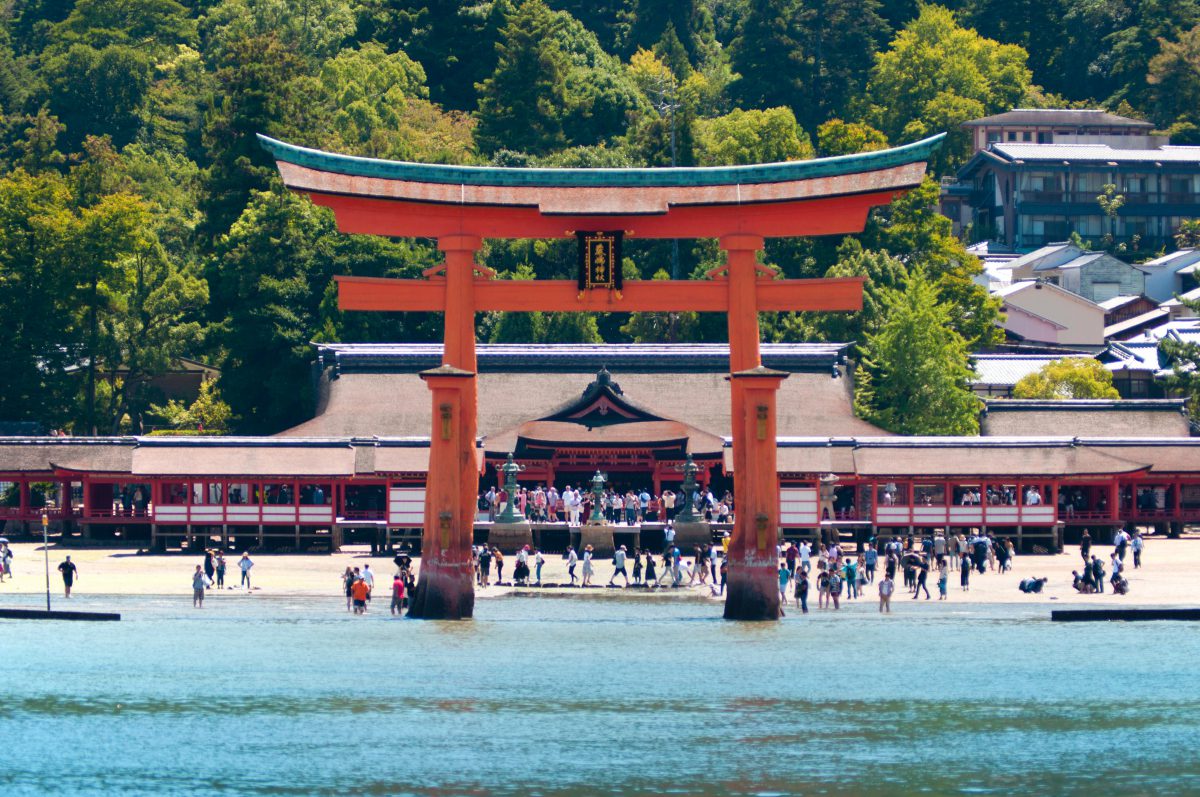
8. Nikko
Nikko is a famous tourist spot in Tochigi prefecture. It is often referred to as a perfect day trip destination from Tokyo which is accessible in less than 2 hours by Shinkansen and local trains. It has been home to a number of historical shrines and temples on the list of UNESCO World Heritage Sites since 1999. The most popular one is “Nikko Toshogu”, which is a Shinto shrine where Tokugawa Ieyasu, the first Shogun of the Tokugawa Shogunate, is enshrined. The magnificent shrine complex encompasses dozens of structures including Important Cultural Properties and National Treasures silently standing in a peaceful forest. You could end up spending hours observing the elaborated details of each stunning structure!
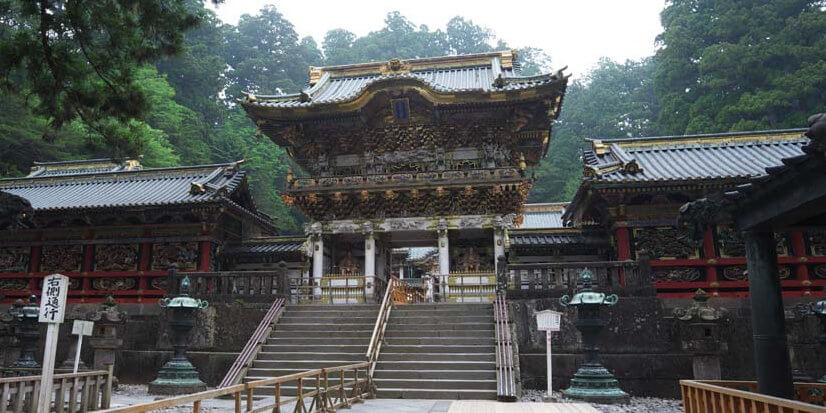
9. Ryukyu
Ryukyu is an old name for Okinawa prefecture, the beautiful island widely known as a perfect holiday destination in summer. It once flourished as a powerful, independent kingdom from the 15th to 19th century, which developed a unique culture. There are still a number of historical sites that can be spotted mainly in the south part of the main island. Most popular one is “Shurijo Castle”, which was unfortunately destroyed by fire in 2019 and currently used as a public park. Those sites and related properties were officially designated as UNESCO World Heritage Sites in 2000, which made it the 11th World Heritage Site in Japan.
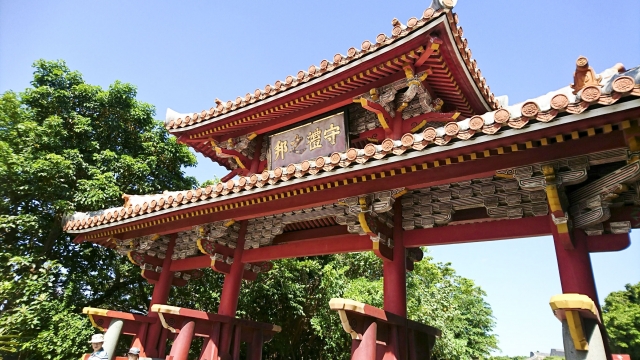
10. Kiisanchi
Kiisanchi refers to mountainous areas mainly located in the Kii peninsula which covers Osaka, Mie, Nara, and Wakayama prefecture in the Kansai region . It boasts a number of pilgrimage routes that were once used as a pathway to several historical sites such as “Kumano Sanzan”, the three representative shrines sitting deep in the sacred forests. They have been visited by numerous visitors regardless of social status, as a central site for religious fusion of Shinto and Buddhism over centuries. The roads and spiritual sites became UNESCO World Heritage Sites in 2004, and attract a number of tourists who enjoy refreshing hiking while discovering historical sites all year round.

11. Shiretoko
Shiretoko is a peninsula which is located at the easternmost part of Hokkaido. The 70km peninsula stretches out into the Sea of Okhotsk, which offers a range of scenic spots in nature. It is also known for the abundant diversity of plants and wildlife, creating it an ideal location for animals to survive. It especially brings a number of benefits to creatures living in the Ocean as it helps them to raise their cubs with enough food rich in nutrients brought by drift ice in winter. The eco-system was highly evaluated and it was registered as a UNESCO World Heritage Site in 2006.
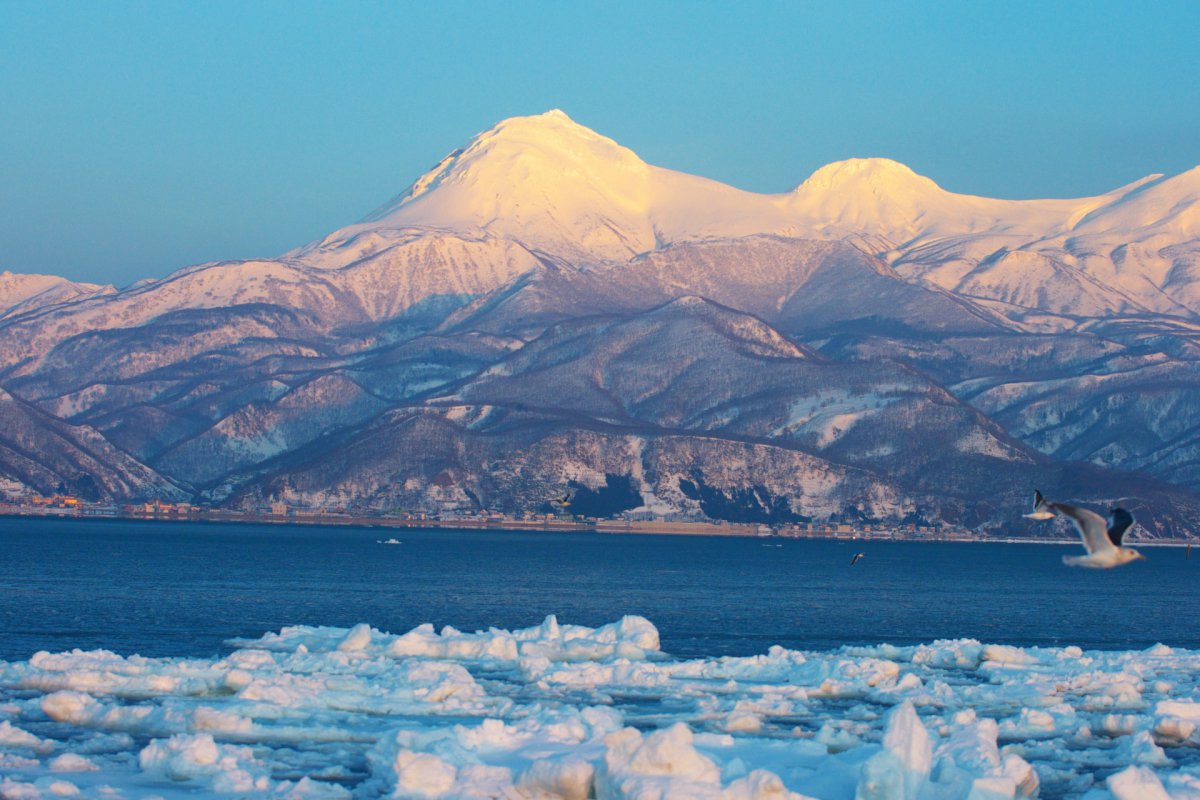
12. Iwami Ginzan
Iwami Ginzan is a silver mine located in Shimane prefecture. It was the largest silver mine in Japan that reached its peak during the Sengoku to Edo period in the 16th to 19th century. During that period, Japan covered approximately one-third of the total amount of silver production in the world, most of which originated from this primary mine. Along with the mine ruins, there are other popular tourist attractions that fascinates visitors as well. “Omori Town” is a beautiful tiny town with a number of traditional Japanese houses and historical spots such as temples and shrines. “Yunotsu Onsen” is a peaceful town which offers a refreshing hot spring experience!
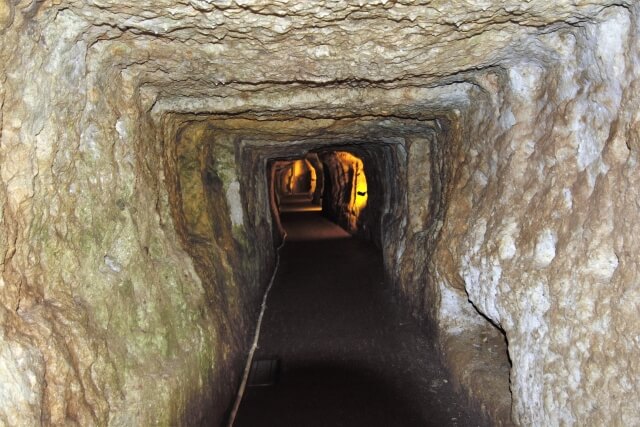

13. Ogasawara Islands
Ogasawara Islands is a cluster of remote islands situated approximately 1,000 km southeast of Tokyo. It consists of about 30 islands, each of them offers exciting tourist attractions and scenic spots in nature. Chichijima and Hahajima are only inhabited ones that are accessible by regular ferry service from Tokyo. In spite of the inconvenient location, the stunning beauty of nature and a range of outdoor activities never stop enchanting visitors who enjoy marine sports and natural experiences. The geographical feature also contributes to creating a diversity of the ecosystem that is totally separated from any other areas in Japan!
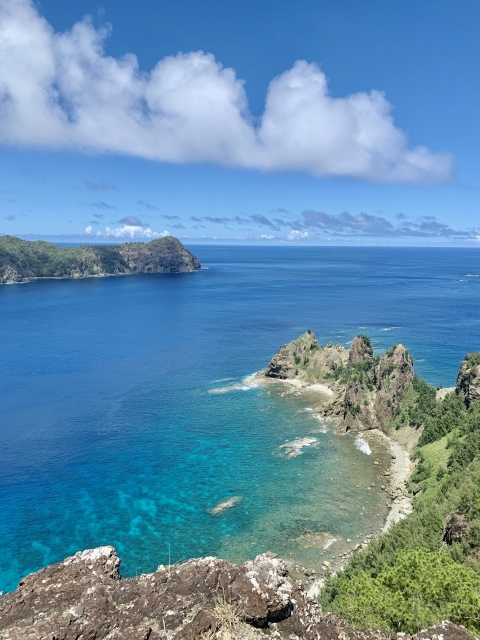
14. Mt. Fuji
Many of you have probably seen a picture of Mt. Fuji, the highest mountain in Japan in travel guides or somewhere else. It is an iconic mountain that is located on the borders between Shizuoka and Yamanashi prefecture. The 3,776-meter mountain has been loved by Japanese people over centuries as a symbol which appears in famous poetries and other old literature. It welcomes visitors with different appearance changing for each season, which looks especially graceful when snowcapped from autumn to spring. Summer is a perfect season to enjoy hiking the sacred mountain which offers a breathtaking view from the summit!
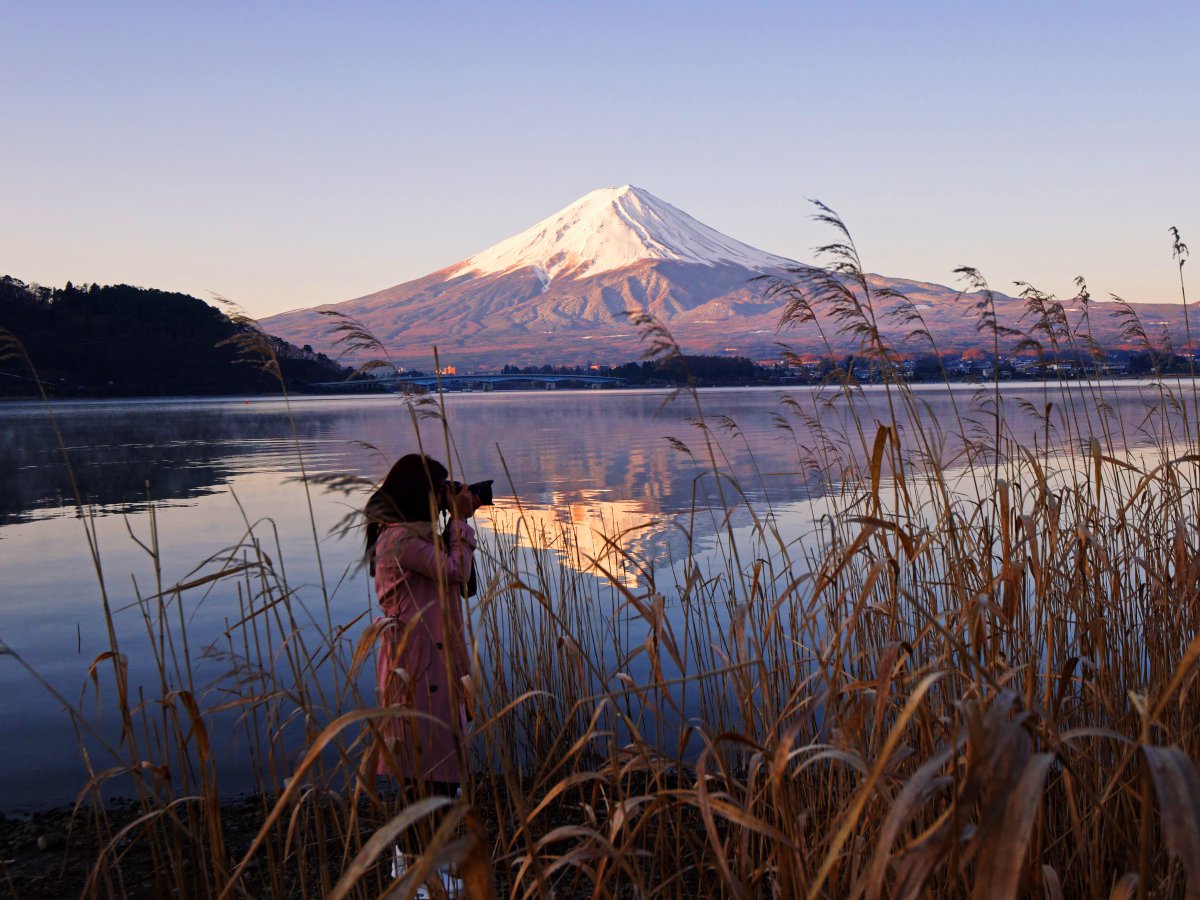
15. Tomioka Silk Mill
Tomioka Silk Mill is a modern silk reeling factory located in Tomioka city, Gunma prefecture. It was established as the first modern model silk reeling factory in Japan in 1872, which significantly contributed to the development and modernization of the country. Most of the main facilities including the automatic silk reeling machines and cotton warehouse are preserved in a perfect condition. There is also a luxurious gift shop selling high-quality silk products made from 100% pure cottons locally produced in the area!
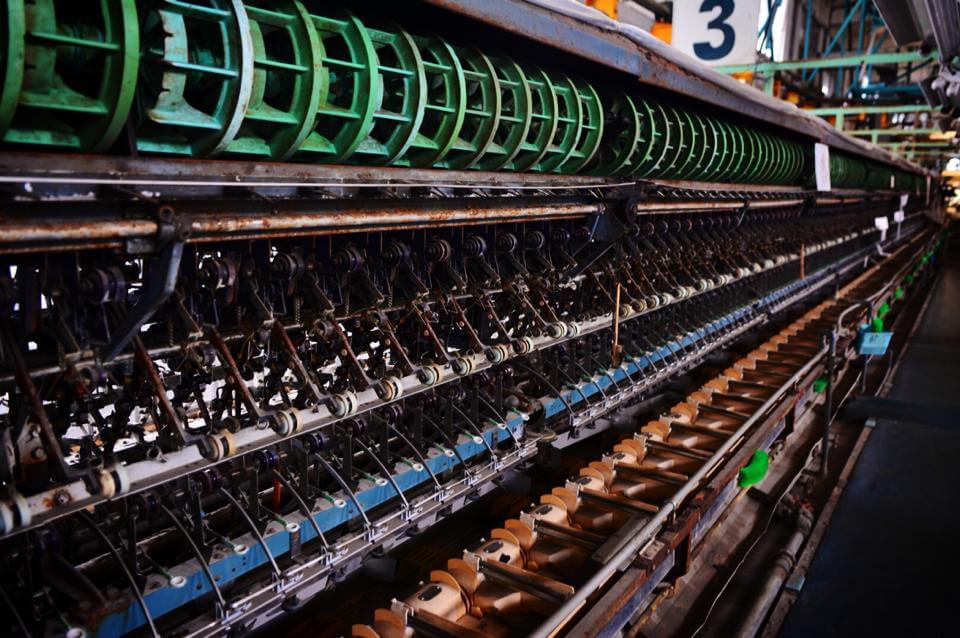
16. Hidden Christian Sites in Nagasaki
Nagasaki is a beautiful city located on the Kyushu island in Japan. During the 16th Century, it flourished as a center of international trade with western countries such as Portugal and Spain. It is called “Nanban Trade”, which brought a number of western inventions along with Christianity to Japan. The Hirado port and Nagasaki port were main gateways for international trade, and missionaries arrived there to spread Christianity in the country , and started to build a strong connection with local powerful feudal lords. There are still remains of villages and churches for Christians in hidden areas, which were officially chosen as UNESCO World Heritage Sites in 2018.
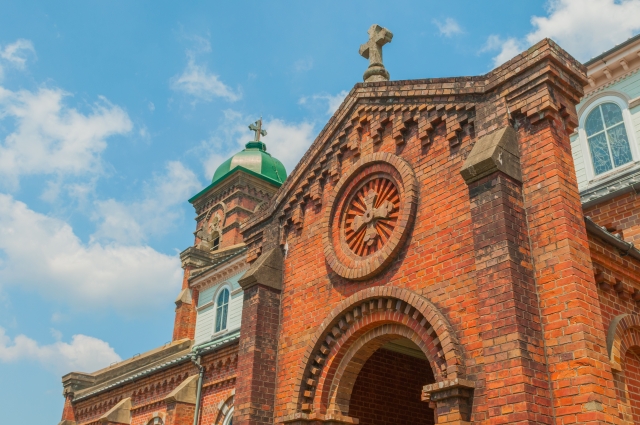
17. Historic Monuments of Ancient Kyoto
Historic Monuments of Ancient Kyoto registered in 1994 consist of 17 historical sites in Kyoto and Shiga prefecture. It includes the famous historical sites that are well preserved from ancient Kyoto, for example, Kiyomizu Temple, Nijo-jo and Kinkakuji Temple (Golden Pavilion). Kyoto was a center of Japanese architecture and gardens from the 8th century to the 17th century, and had influenced Japanese culture.
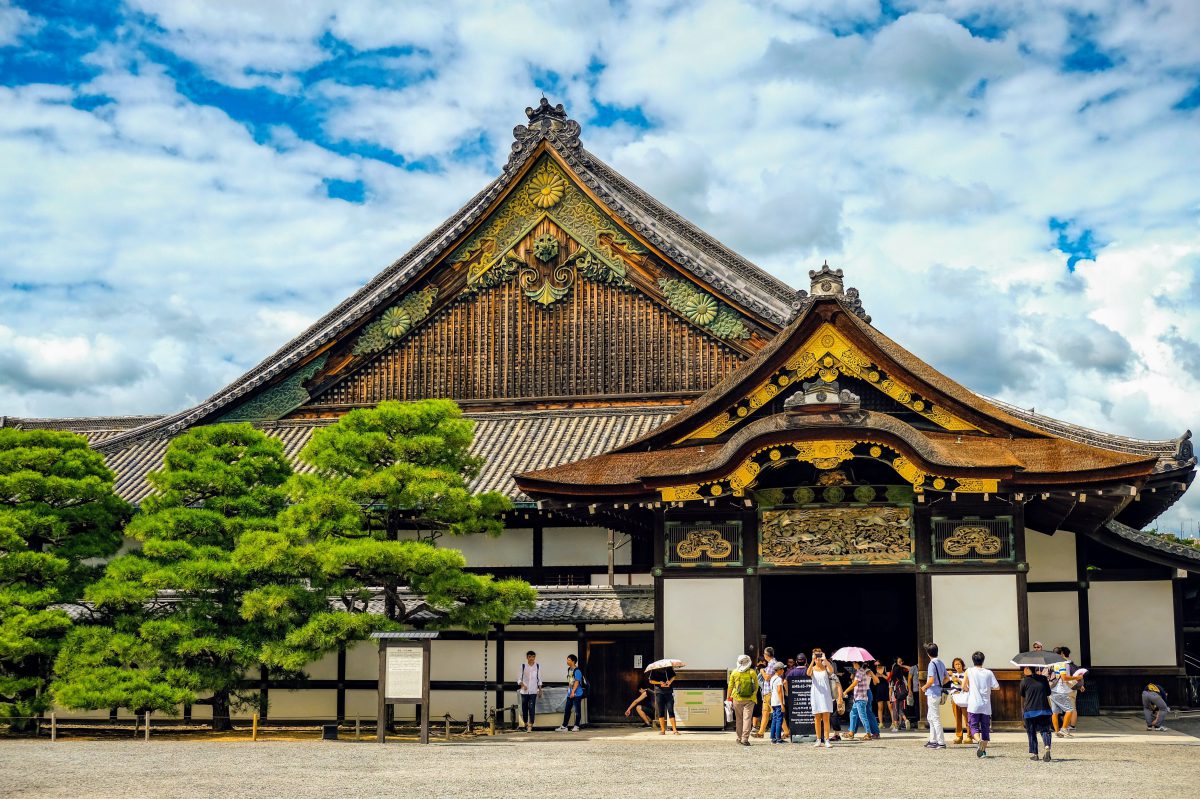
Here are all the historical sites;
- Kiyomizu Temple
- Byodo-In
- Ujigami Shrine
- Hieizan Enryakuji Temple
- Kosanji
- Nijo-jo
- Ryoanji
- Ninnaji
- Tenryuji
- Ginkakuji
- Kinkakuji
- Kamigamo Shrine
- Shimogamo Shrine
- Daigoji
- Saihoji
- Honganji
- Gokokuji
18. Historic Monuments of Ancient Nara
Historic Monuments of Ancient Nara consist of 8 historical sites and were registered on UNESCO World Heritage Sites in 1998. In the 8th Century, Nara was the political and cultural center of Japan before Kyoto. Some influence from China and Korea can be seen on the architecture from the ancient Nara.
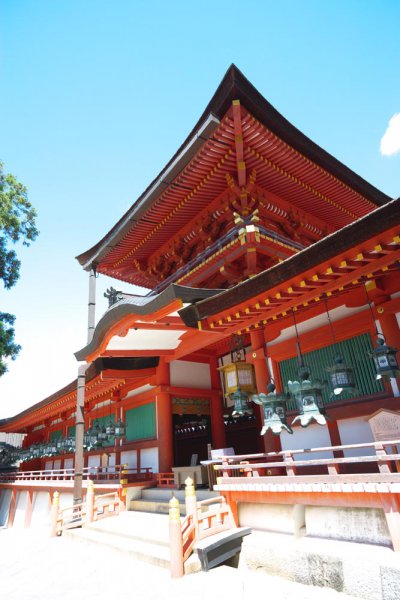
- Todaiji
- Kofukuji
- Kasuga Taisha
- Mt. Kasuga Primeval Forest
- Gangoji
- Yakushiji
- Toshodaiji
- Heijo Palace Remains
19. Hiraizumi
Hiraizumi is a town located in Iwate prefecture. 5 cultural sites of Hiraizumi were added to the list of UNESCO World Heritage Sites in 2011. They are known as historical sites related to the Oshu-Fujiwara Clan who prospered in the end of Heian period. The Oshu-Fujiwara Clan is the center of culture in Hiraizumi. 2 temples, Chusonji and Motsuji, and 2 temple remains of Kanjizaio-In and Muryoko-In, and Mt. Kinkei are registered as cultural sites.
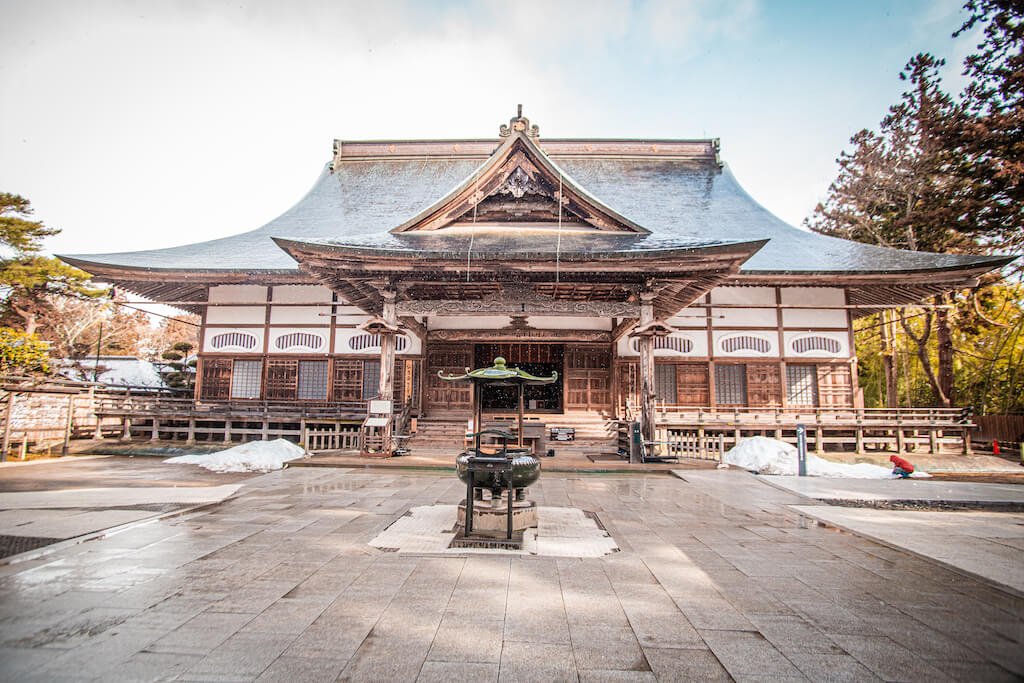
20. Sites of Japan’s Meiji Industrial Revolution
Sites of Japan’s Meiji Industrial Revolution are located in 8 prefectures (Fukuoka, Saga, Nagasaki, Kumamoto, Kagoshima, Yamaguchi, Shizuoka, Iwate). From the end of the Edo period to the Meiji period, Japan rapidly grew and developed industrialization and westernization. In 2015, these historical sites contributed to iron and steel, shipbuilding and coal industries were registered on the UNESCO World Heritage Sites. Hashima as known as Gunkanjima in Nagasaki is one of them.
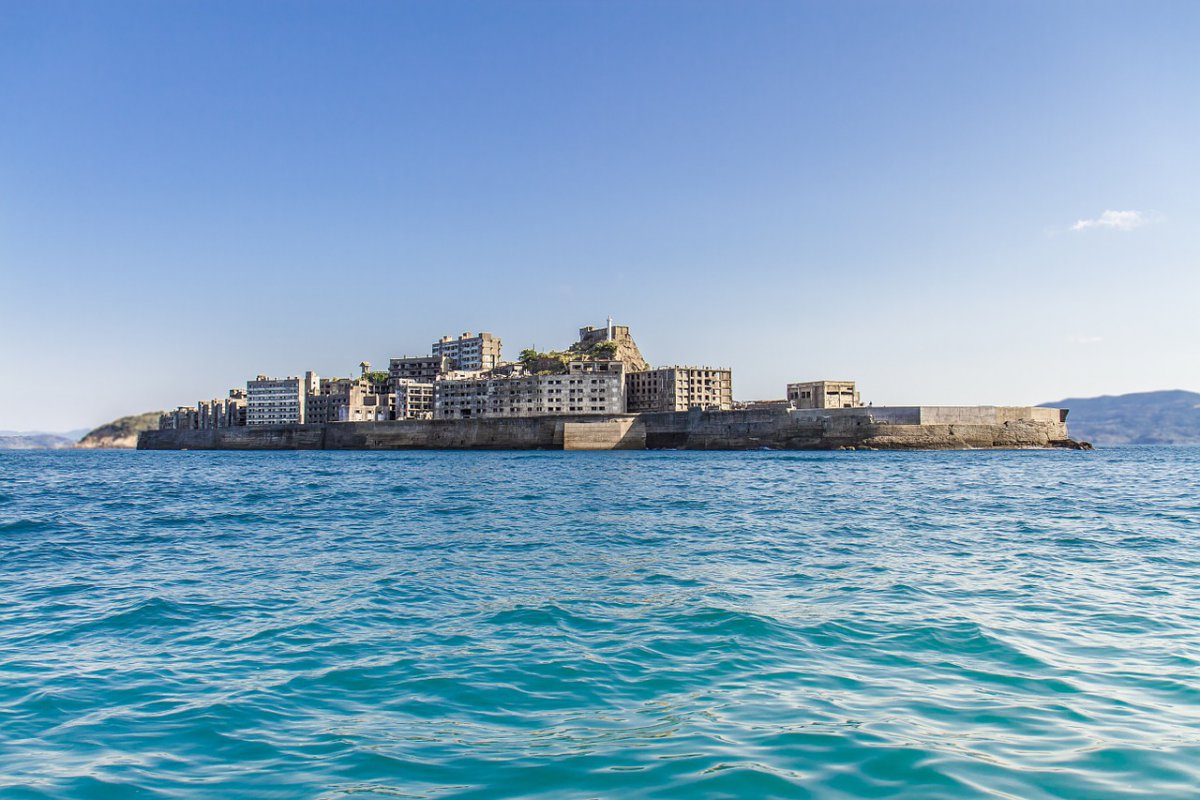
21. The National Museum of Western Art
The National Museum of Western Art is located in Ueno Park in Tokyo and was established in 1959. It was registered in 2016 as one of the component parts of “the Architectural Works of Le Corbusier, an Outstanding Contribution to the Modern Movement” along with 6 other countries. It’s one of the most popular art museums in Tokyo which feature both temporary and permanent exhibitions of western arts.
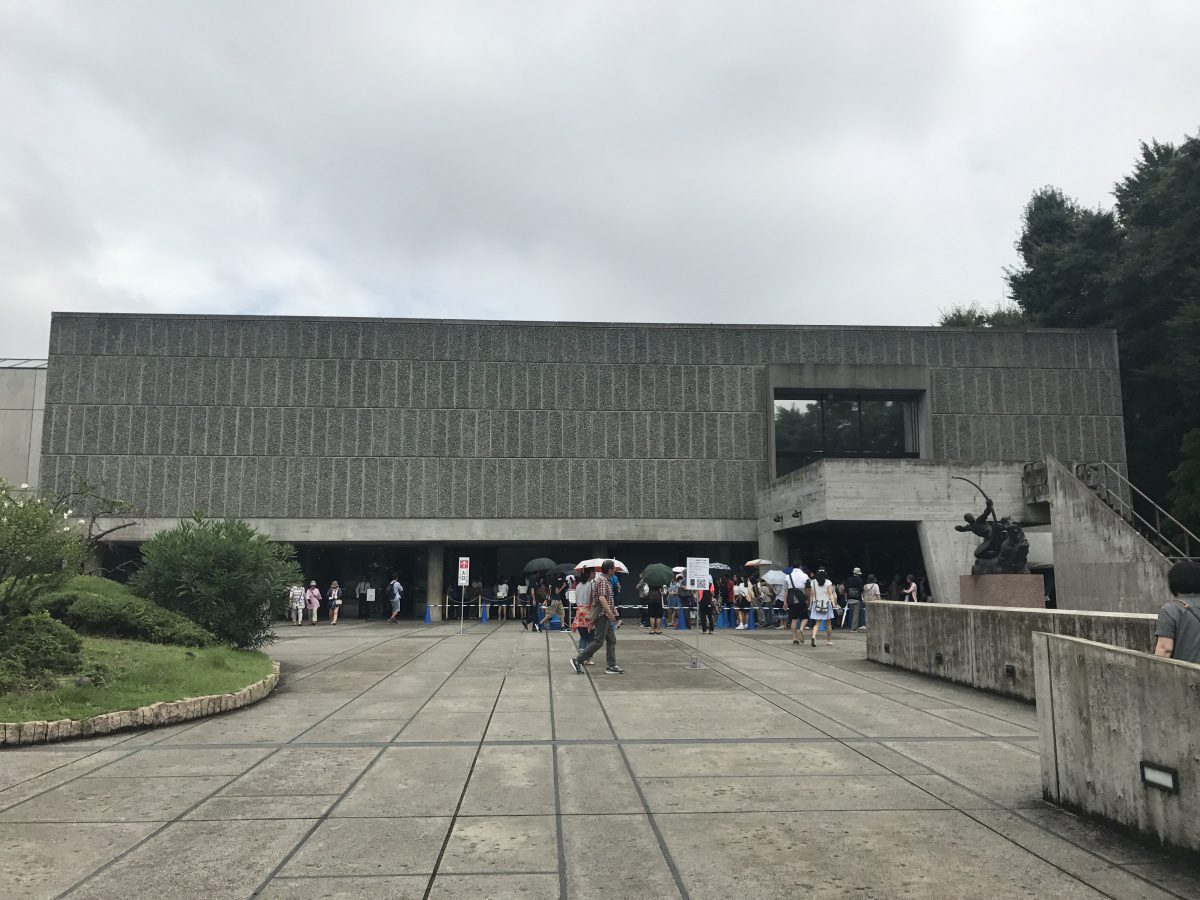
22. Okinoshima
The sacred island of Okinoshima and associated sites in the Munakata Region in Fukuoka prefecture was registered on UNESCO World Heritage Sites in 2017. There are ritual remains from the 4th to 9th Century that are considered to be used to hope for safe sailing in the island. About 80,000 finds excavated from the island are registered as national treasures which allows us to learn the international trades between Japan and East Asia in ancient times. The island itself is an object of worship and there have been strict rules including entering the island. Today visitors are not allowed to enter the island due to religious reasons and the protection of the island.
If you want to see Okinoshima from far, visit “Okitsumiya Yohaisho” on Oshima island which is the closest spot to worship Okinoshima.
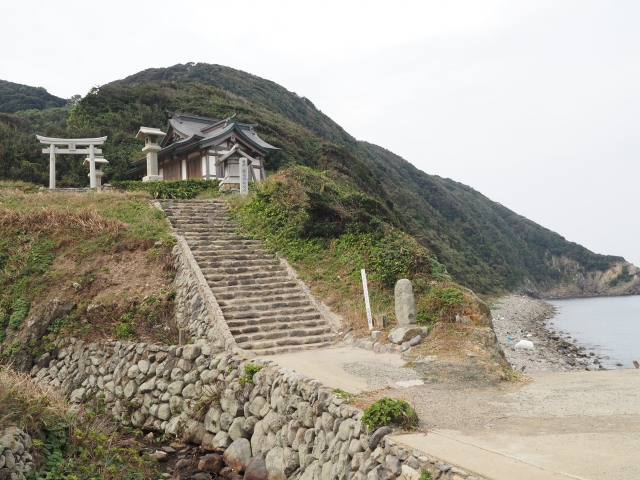
23. Mozu-Furuichi Kofun
Kofun is the megalithic tomb in Japan, and Mozu-Furuichi Kofun were built from the late 4th Century to the late 5th Century for the ancient kings. These are located in two areas; Mozu and Furuichi, from the small one (20 meters) to the large one (about 500 meters), there are 66 Kofun in total!
It’s also fascinating to see that these Kofun are preserved in the middle of the city.
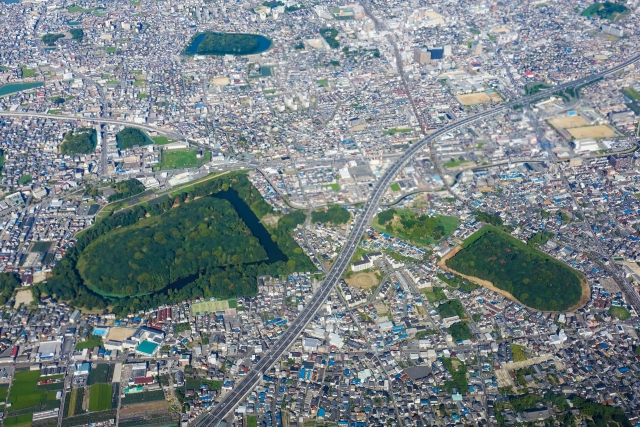
24. Amami Oshima Island
Amami Oshima which is located between Kagoshima and Okinawa, and other islands (Tokunoshima Island, northern part of Okinawa Island, and Iriomote Island) were registered on the UNESCO World Heritage Sites in 2021. Amami Island is home to several kinds of animals and plants, and it’s nicknamed as “Galapagos of the East ”. It’s also a popular spot to enjoy outdoor activities such as hiking, diving and kayaking. How to best enjoy the island is joining a guided tour into the forest.
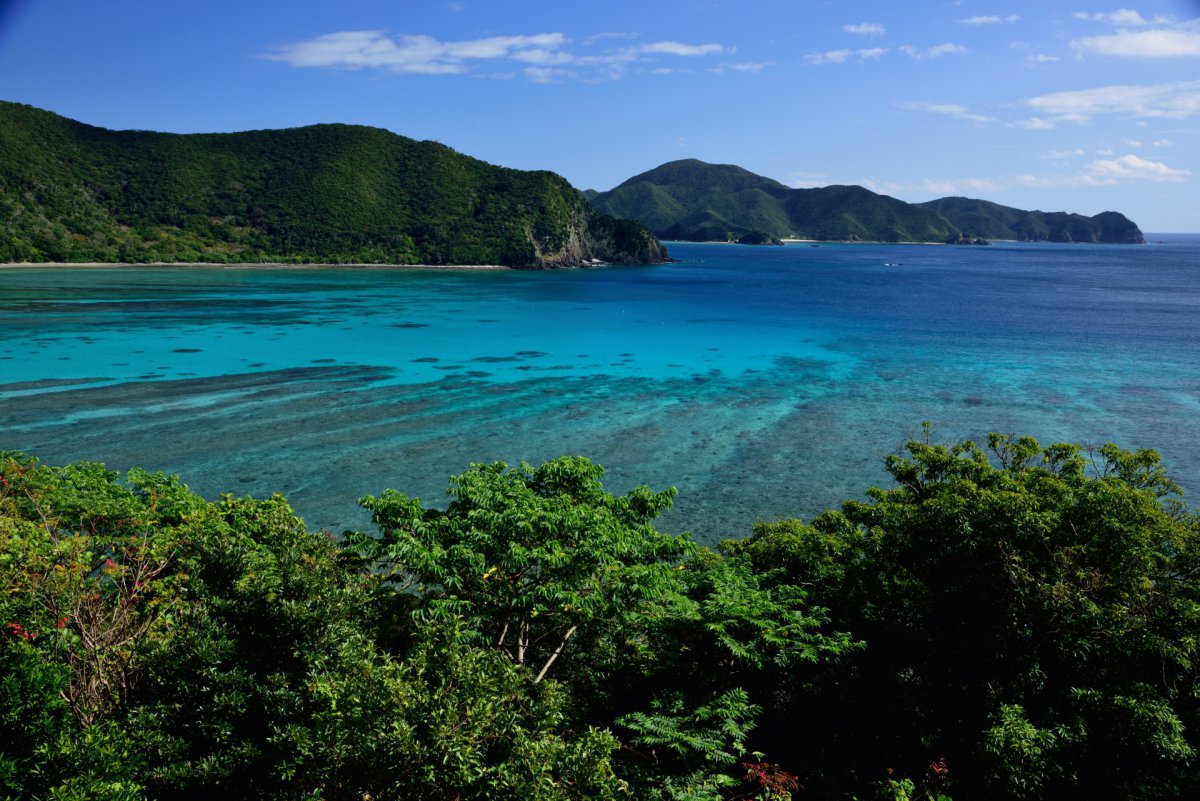
25. Jomon Prehistoric Sites
It’s newly registered on the UNESCO World Heritage Sites in 2021, Jomon Prehistoric Sites in Hokkaido, Aomori, Iwate and Akita. 17 historical sites are registered divided into 6 stages of the Jomon period (10,500-300BC).
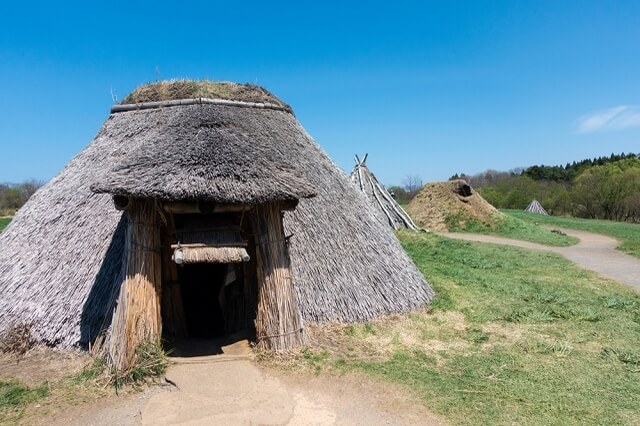
Japan Wonder Travel Tours
Japan Wonder Travel is a travel agency that offers guided tours throughout Japan.
From private walking tours to delicious Food and Drink tours, we can help you organize the best tours just for you! If you want to explore Japan and learn more about the history and backstories of each area you are visiting, our knowledgeable and friendly English speaking guides will happily take you to the best spots!
In addition, we can provide you with any assistance you may need for your upcoming trip to Japan, so please feel free to contact us if yu have any questions or need some help!
▶Tokyo Tsukiji Fish Market Food and Drink Tour
Explore the most lively and popular fish market in Tokyo and try some of the local’s favorite street foods and sake with one of our friendly and knowledgeable English speaking guides!

▶Tokyo 1–Day Highlights Private Walking Tour (8 Hours)
There’s no better way to explore an area than taking a tour with a knowledgeable local guide. You will have the chance to learn about the history and interesting background stories of Tokyo, as well as discover some hidden gems which can be hard to do without a guide.

▶Mt. Fuji Day Trip Bus Tour from Tokyo
Experience the breathtaking views of Mt. Fuji by visiting the highlights of the area on our guided sightseeing bus tour! Departing from Shinjuku in central Tokyo, you can travel comfortably to all of the best spots in the area by bus.

Wherever you travel, visiting UNESCO World Heritage Sites is a great way to understand the country from cultural and historical aspects. It gives you an educational opportunity to learn the background of the registration, as well as explore the stunning spots that are worth a visit at least once in your lifetime. Although some of them we introduced above is located in the countryside or remote islands, you will never be disappointed to spend hours of journey and travel expenses to reach the impressive sites!
Follow us on Instagram, Facebook, Twitter, and TikTok for more travel inspiration. Or tag us to get featured!
Happy traveling!
Stay informed of the best travel tips to Japan, the most exciting things to do and see, and the top experiences to have with the Japan Wonder Travel Newsletter. Every week we will introduce you to our latest content.
Other articles you might like





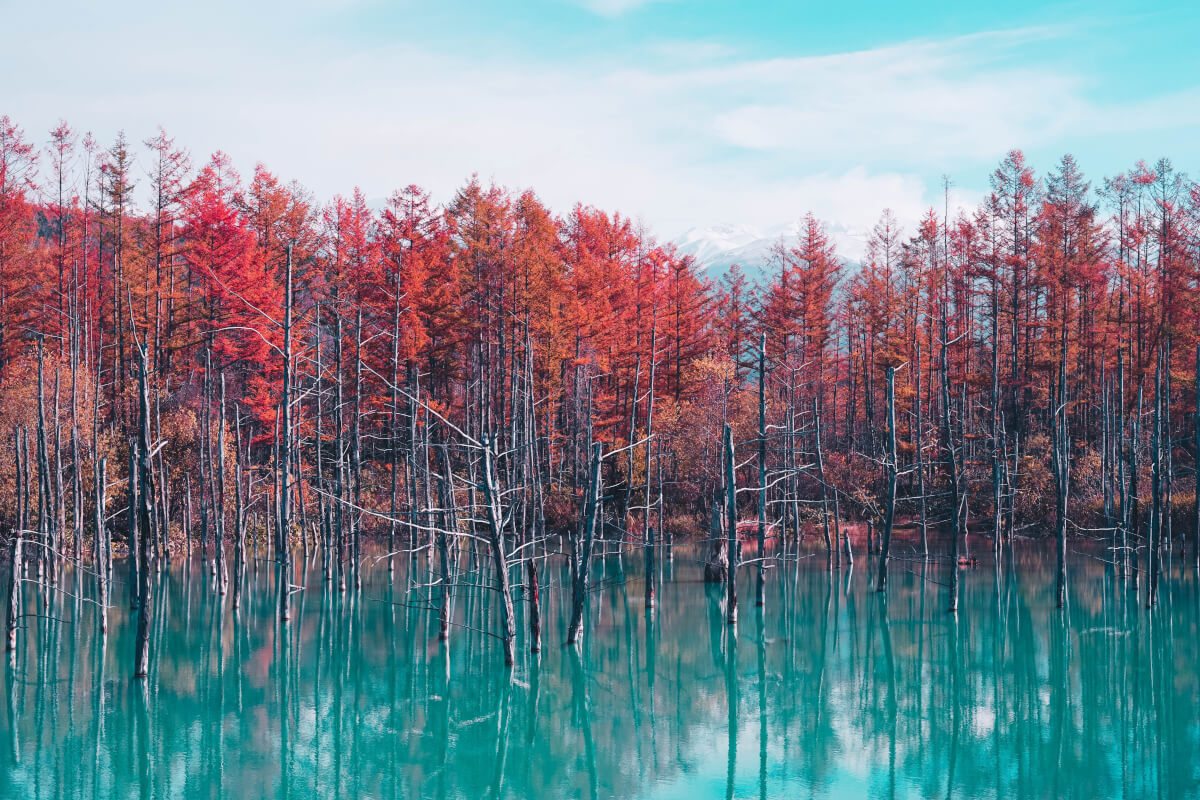
This post may contain some affiliate links. When you click through and make a purchase we may receive some commission, at no extra costs to you.
